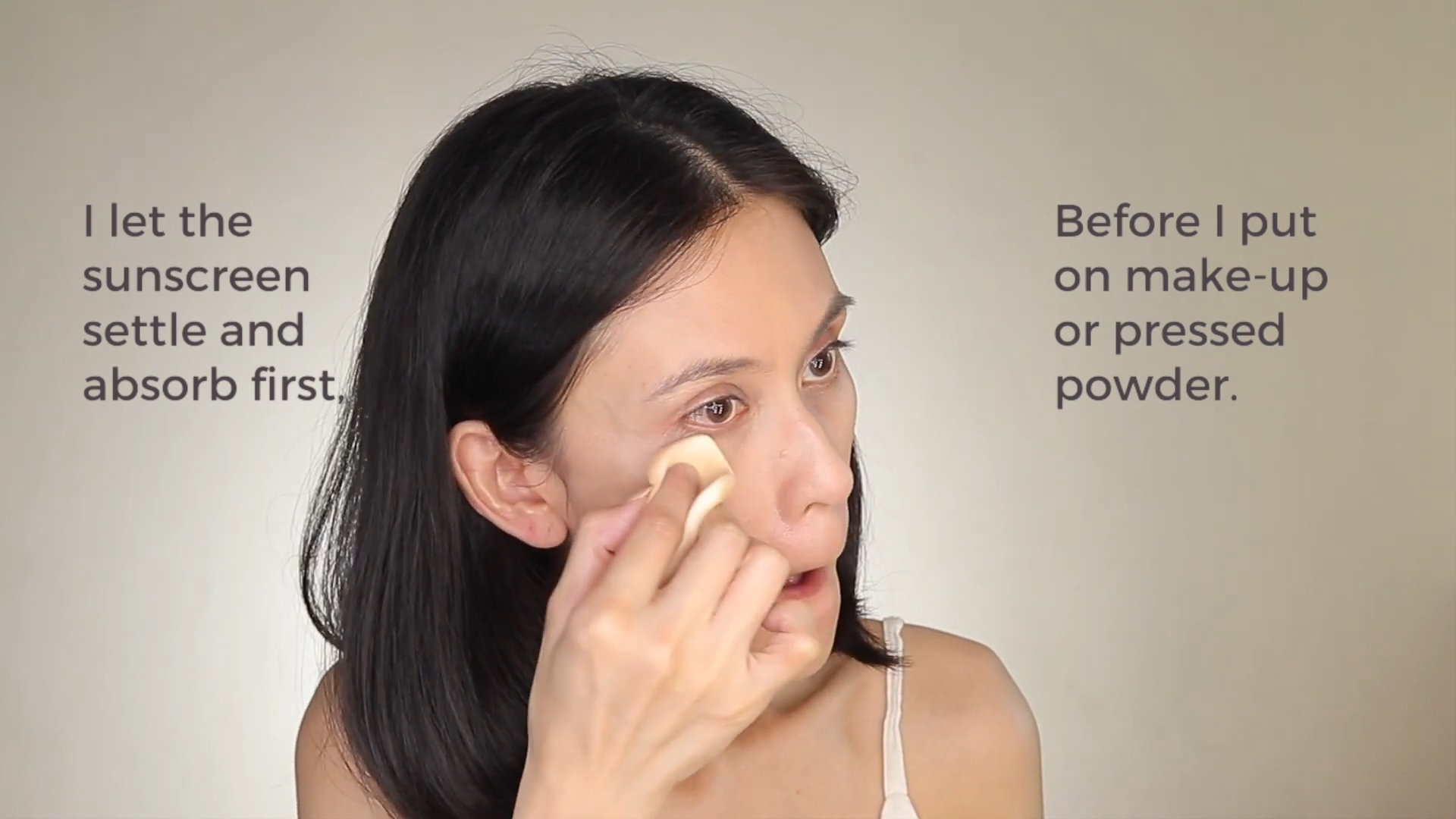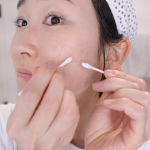Choosing the right sunscreen for oily and acne-prone skin can be challenging. Sunscreens are essential for protecting your skin from harmful UV rays, but finding a formula that won’t exacerbate oiliness or breakouts is crucial. The wrong product can clog pores and lead to more acne, making it vital to select a sunscreen specifically designed for your skin type.
Understanding the key ingredients and formulations that suit oily and acne-prone skin is the first step toward making the right choice. A good sunscreen should offer broad-spectrum protection while being non-comedogenic and lightweight. By choosing wisely, you can protect your skin without compromising its health or appearance.
Understanding What to Look For
When selecting a sunscreen for oily and acne-prone skin, it’s essential to focus on non-comedogenic formulas. These products are specifically designed not to clog pores, which helps prevent breakouts. Additionally, look for oil-free formulations that won’t add excess shine to your skin.
Ingredients such as zinc oxide and titanium dioxide are ideal for this skin type because they provide effective sun protection without irritating the skin. These mineral-based sunscreens sit on top of the skin rather than being absorbed, reducing the risk of clogged pores and acne.
Benefits of Lightweight and Mattifying Formulas
One of the primary goals when choosing a sunscreen for oily and acne-prone skin is to find a lightweight, mattifying formula. These products help control excess oil production while providing adequate sun protection. A matte finish keeps your skin looking fresh throughout the day, reducing the need for frequent touch-ups.
Lightweight formulas are also less likely to feel heavy on the skin, making them more comfortable to wear daily. By opting for a sunscreen that mattifies and absorbs quickly, you can maintain a shine-free complexion while safeguarding your skin from UV damage.
1. Prioritizing Non-Comedogenic Ingredients
Selecting a sunscreen with non-comedogenic ingredients is crucial for preventing breakouts. These ingredients are designed not to block pores, reducing the likelihood of developing acne. Look for labels that explicitly state “non-comedogenic” to ensure the product is safe for your skin type.
In addition, consider mineral-based sunscreens with zinc oxide or titanium dioxide, as they are less likely to cause irritation and acne. These ingredients create a protective barrier on your skin, reflecting UV rays without being absorbed, making them ideal for sensitive, acne-prone skin.
2. Incorporating Sunscreen into Your Skincare Routine
To get the most out of your sunscreen, it’s essential to incorporate it into your daily skincare routine correctly. Apply sunscreen as the final step in your morning routine, after cleansing, toning, and moisturizing. This ensures that your skin is protected throughout the day without interfering with the benefits of your other products.
For oily and acne-prone skin, it’s best to choose a sunscreen that doubles as a moisturizer. This way, you can skip an additional step in your routine while still providing your skin with the hydration it needs. Reapply sunscreen every two hours, especially if you’re spending time outdoors.
Achieving Clear Skin with the Right Sunscreen
Choosing the right sunscreen for oily and acne-prone skin is vital for maintaining clear, healthy skin. By focusing on non-comedogenic, lightweight, and mattifying formulas, you can protect your skin without aggravating existing issues.
Incorporating the right sunscreen into your skincare routine ensures that you’re shielded from UV damage while keeping your skin’s oil production under control. With the correct product, you can enjoy sun protection without compromising your complexion.








